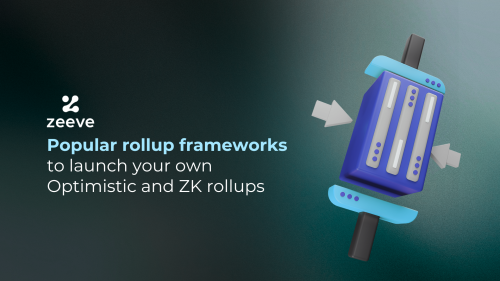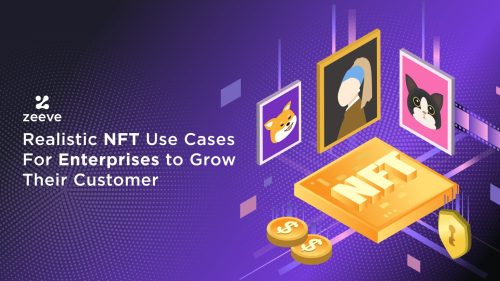
Governance of Zero Trust for Blockchain Networks
The Governance of Zero Trust of Blockchain networks has seen a tremendous increase in cybersecurity breaches. These breaches affect a company’s network systems and have been more significant in recent years, particularly since the start of the pandemic. Cryptocurrency usage is at an all-time high, and the infrastructures built to maintain and regulate these systems have been challenged by the disorderly demand. Blockchain networks are one of the systems that have experienced breaches, which are vital for security purposes. The current framework of the blockchain’s decentralized ecosystem acts as a cybersecurity network due to how the blocks are chained together, but this doesn’t prevent them from being vulnerable to certain security breaches, threat actors, and attacks. Blockchains create their own unique set of security risks and vulnerability challenges that can be difficult to find solutions for because of the velocity of these advanced security threats and attacks.
At the start of this year, we saw a few blockchain cryptocurrency bridge network companies, Ronin and Qubit, experience significant breaches of their networking systems. Ronin Bridge experienced one of the biggest breaches in cryptocurrency history, losing $540 million worth of Ethereum and USDC Stablecoin. Additionally, hackers stole $80 million worth of cryptocurrency from Qubit Bridge at the end of January 2022. How do security breaches of this magnitude happen in such a tech-dominant industry? The common lack of basic cybersecurity best practices, like the Governance of Zero Trust. The Governance is a method used to proactively assess the key components of the celerity, complexity, and disruption in regards to how the information or data behaves, transacts, and rests within a network system like blockchain networks. Governance of Zero Trust is a high-security framework incorporating business, security risks, and technical (IT) aspects under the same umbrella.
Zero Trust is the forward-thinking practice that specifically focuses on users, assets, and resources. It assumes that no implicit trust is granted to assets or user accounts based solely on their physical or network location (i.e., local area networks vs. the internet). Additionally, no implicit trust is granted based on asset ownership (enterprise or personally owned). Even if a user is authorized and authenticated, there is no trust granted. The Governance of Zero Trust must operate in the context of a higher level of uncertainty in contrast to past security best practices. In our next blogs, HCISS will explore more in-depth Zero Trust Governance principles and its applications to the blockchain ecosystem.
Author: Health Blockchain Security Services.






Responses